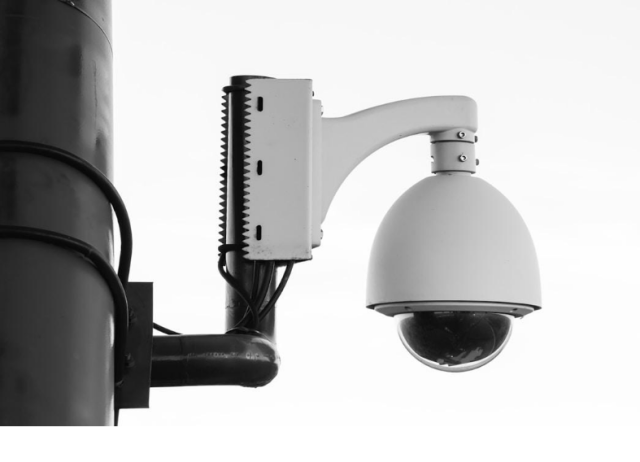With the growing need for tighter security and improved administrative efficiency, schools across the nation are shifting from paper-based sign-in methods to sophisticated electronic systems. The incorporation of technology in visitor management not only streamlines the process but also significantly increases the safety measures within educational institutions. In an age where digital solutions are paramount, the adoption of such systems symbolizes a crucial step toward modernizing school operations. Keep reading to understand why an electronic visitor sign-in system is becoming an essential part of schools.
Integrating Electronic Visitor Sign-Ins With School Security Protocols
The successful integration of electronic visitor sign-in systems with existing school security protocols is essential for creating a comprehensive safety infrastructure. These systems can effortlessly work in tandem with other security measures, such as security cameras and access control barriers to ensure a fortified layer of protection.
An electronic visitor sign in system for schools also aids in the quick adaptation during heightened security levels by adjusting visitor screening processes accordingly. School administrators can program the system to demand additional information or verification steps based on the current threat assessment.
Training staff to utilize these systems effectively is also a necessary step in the integration process. By doing so, not only are the functional aspects of the system maximized, but faculty members become adept at recognizing potential discrepancies or security breaches through the visitor data presented.
Enhancing Child Safety With Electronic Visitor Sign-In Systems
Safety in schools is a paramount concern, and one aspect that cannot be overlooked is the monitoring of individuals entering and exiting the building. Electronic visitor sign-in systems offer advanced features that can flag individuals based on custom criteria, ensuring that only authorized and safe visitors gain entry into school premises. These systems can also include environmental sensors for vape detection, in which case, institutions can look into vape detector grants for schools.
Immediate notification capabilities are also a valuable feature, where specific school personnel can be alerted instantly when certain individuals check in. This real-time communication is essential in maintaining a secure environment for students against potential threats or in managing custody issues.
Streamlining Access Control and Record Keeping for Educators
Educational institutions often deal with a high volume of visitors ranging from parents to contractors and external education officials. The implementation of an electronic visitor sign-in system simplifies the management of this traffic. With such a system in place, schools can ensure that only authorized individuals have access to certain areas, thereby upholding a secure environment for learning.
In the event of emergency situations, electronic systems can provide immediate access to visitor logs which is integral for accounting for everyone on the premises. This is vital for emergency response teams to conduct an effective and comprehensive sweep if necessary.
The ease of reporting and analytics also comes into play, as school officials can readily retrieve and analyze visitor data. This empowers them with insights into traffic patterns, peak visit times, and frequent guests, facilitating better planning and resource allocation for future school events or daily operations.
Analyzing the Long-Term Benefits of a Digital Check-In Process for School Visitors

Investing in an electronic visitor sign-in system has far-reaching implications. In the long term, schools can observe not only an enhancement in security but also substantial cost savings. As manual processes are replaced with automated systems, the reduction in paperwork and administrative labor is significant.
Another long-term benefit is the sustainability aspect. By going paperless, schools contribute to environmental conservation efforts, which is becoming an increasingly important goal for institutions worldwide. The reduction in paper waste is not only eco-friendly but also aligns with the educational goal of teaching students the value of sustainability.
Moreover, the continuity and consistency of data provided by electronic systems are invaluable for future planning and safety audits. These records can support schools in refining their safety protocols and provide evidence-based justifications for any proposed changes or upgrades.
The adaptability of electronic visitor management systems also means that they are scalable and can grow with the institution. As technology advances and the needs of the educational facility evolve, these systems can be updated to accommodate new features and enhancements.
Overall, the deployment of an electronic visitor sign-in system in schools represents an investment in student security, operational efficiency, and the proactive management of visitor access. As educational facilities continue to navigate the complexities of maintaining a safe and welcoming environment, these systems serve as a critical tool in achieving those objectives.








